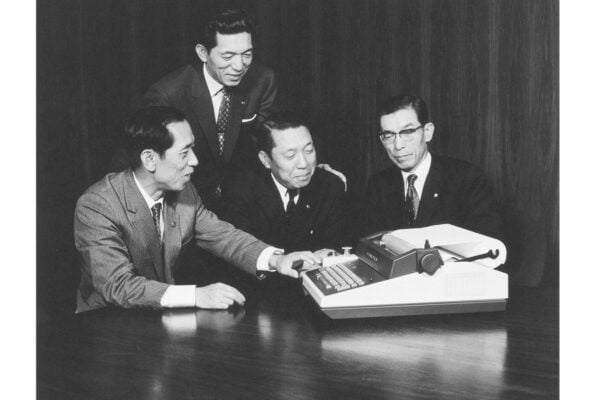Mathematicians who changed the world series: Florence Nightingale

You may be wondering what Florence Nightingale contributed to the world of Maths. She’s most well known for her nursing career, right? This may be true, but what most people don’t know is that Florence also made significant contributions to the field of Mathematics throughout her selfless life and career in nursing.
Believe it or not, Florence’s mathematical talents were, in fact, what helped her to transform the practice of nursing!
A little bit of background
As a child, Florence picked up her Mathematical skills from her father. Florence was extremely logical, which, of course, goes hand in hand with the practice of Maths. Growing up, Florence enjoyed gardening, but while gardening, she would record the contents of her vegetable garden. Florence would analyse the rate of growth, and this is where her love of statistics began.
As Florence grew older, it became clear that she had a passion for statistics but also a desire to pursue a career in public health. So, with this burning desire to do something bigger and more fulfilling with her life, Florence trained to become a nurse in Germany.
The Crimean War
The Crimean war first broke out in 1853, and Florence was among many nurses who volunteered to help in the hospitals at the time. Naturally, when Florence arrived to work in the hospital, she was appalled by not only the conditions but the state of the record-keeping, which of course turned into something that she needed to solve.
Florence made a pact not only to herself but to the hospital that she would do everything she could to improve the conditions while using statistics to help her out. With her determination to do better, Florence published a book which used statistical evidence to prove that mortality rates in hospitals distinctly correlated with poor conditions.
Florence also collected a vast range of other statistical data while working at the hospital, and this went on to be analysed and used to improve the running of the public health sector.
What happened after the war?
Florence’s time looking after war veterans sparked a determination to work on reforming the Army hospital system.
Following the war, she developed her Polar Area Graph, something which is now recognised as a pie chart! The graph represented a circle which split into 12 separated sections, each reflecting a month in the year.
Each colour on the graph reflected the percentages of deaths that occurred from different traumas. These traumas included wounds, infections, and multiple other injuries. This was an incredibly inclusive approach to the data, meaning that even those who weren’t able to interpret numerical data would easily be able to understand the chart.
Florence’s Contributions to Mathematics
Florence was, of course, destined for great things due to her dedication to both nursing and mathematics. And, inevitably, she made a considerable impact in both the field of nursing and statistics. With Florence’s continuous determination to make a change, the government were provided with the hard evidence they needed to show that many deaths were, in fact, preventable with the correct sanitation.
Following this breakthrough, statistics were acknowledged as being a vital tool in working out what was happening in hospitals and society on a broader scale. This technique is still used today. Florence made a significant impact in every field of knowledge she applied herself to, her Polar Area Graphs have been tweaked and are now better known as the pie charts we see and use today.



